Why Is My Rose Hair Tarantula Not Eating
Discovering your rose hair tarantula isn’t eating can be a concerning experience for any tarantula owner. While it’s essential not to panic immediately, as periods of fasting are normal for these creatures, understanding the underlying reasons for this behavior is crucial. Several factors can influence your tarantula’s appetite, ranging from environmental conditions and the molting process to potential health issues or problems with the food you provide. By carefully observing your tarantula and its environment, you can pinpoint the cause of the issue and take appropriate steps to encourage it to eat again. This guide will delve into the top five reasons why your rose hair tarantula might refuse food and provide actionable solutions to address the problem.
Stress and Environmental Factors
The well-being of a rose hair tarantula is significantly influenced by its environment. Stress, a common reason for a tarantula refusing to eat, can stem from various environmental factors. Tarantulas are sensitive creatures, and even slight disturbances can affect their appetite and overall health. Maintaining an optimal habitat is paramount to minimizing stress and encouraging healthy feeding behavior.
Improper Habitat Setup
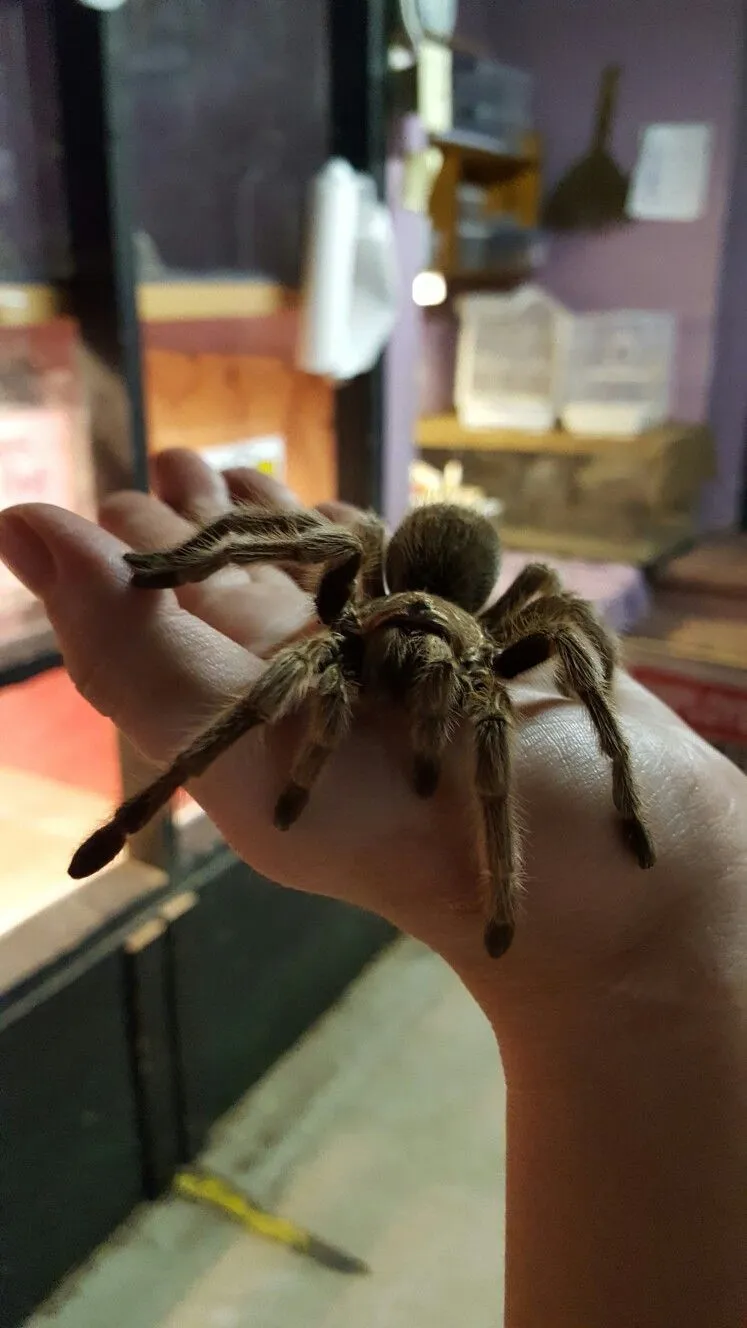
An unsuitable habitat can be a significant source of stress for your rose hair tarantula. The enclosure should be appropriately sized, allowing the tarantula enough space to move around comfortably. The substrate should be of the correct type and depth, providing a safe and comfortable environment. A hide, such as a cork bark or a pre-made spider hide, is essential for your tarantula to feel secure. Tarantulas are reclusive creatures, and the absence of a hide can cause significant stress, leading to a loss of appetite. Make sure the enclosure has adequate ventilation to prevent mold and maintain a healthy environment. Make sure to check the habitat frequently for cleanliness; a dirty habitat can cause stress and health problems. A well-designed habitat replicates the natural environment of the tarantula as closely as possible.
Temperature and Humidity Issues
Temperature and humidity levels within the enclosure are critical for the health and appetite of your rose hair tarantula. Rose hair tarantulas thrive in a temperature range between 70-80°F (21-27°C). Temperatures outside of this range can cause stress and loss of appetite. Use a reliable thermometer to monitor the temperature, and a heater, if necessary, to maintain the correct levels. The humidity level should be maintained between 60-70%. This can be achieved by lightly misting the enclosure with water once or twice a week, depending on the ventilation. Insufficient humidity can cause problems with molting, which in turn can affect their appetite. Excessive humidity, on the other hand, can lead to mold and bacterial growth, which can also be detrimental to your tarantula’s health and appetite.
Handling and Disturbances
Excessive handling and disturbances can be major contributors to stress and a loss of appetite in rose hair tarantulas. Tarantulas are not creatures that enjoy being handled; they are best observed in their enclosure. Frequent handling can stress the tarantula, causing it to become defensive, lose its appetite, and potentially injure itself or the handler. Avoid unnecessary disturbances like loud noises or vibrations near the enclosure. Keep the enclosure in a quiet area away from high-traffic zones to minimize stress. Remember that the more secure your tarantula feels, the more likely it is to eat and thrive. Provide a sense of security by minimizing external stimuli and handling to encourage your tarantula’s natural feeding behavior.
Molting Process

Molting is a natural and essential process for tarantulas, during which they shed their exoskeleton to grow. During this time, it’s common for tarantulas to stop eating. The molting process can be stressful for tarantulas, and they may lose their appetite. Recognizing the signs of an impending molt can help you manage your expectations and provide the best care for your tarantula during this time. Understanding the different stages and behaviors associated with molting will help you determine if your tarantula’s lack of appetite is normal and not a cause for concern.
Pre-Molting Behavior
Before molting, a rose hair tarantula often exhibits specific behaviors indicating the process is about to begin. The tarantula may become less active, spending more time in its hide or burrow. It may also refuse food for several weeks or even months before molting. Their abdomen may appear darker or more swollen. You may also observe a bald spot on their abdomen as the new exoskeleton is forming underneath. Providing a moist environment during this period can assist the molting process. Avoid handling or disturbing your tarantula during the pre-molt phase, as this can stress it and interfere with the process. Recognizing these signs will help you differentiate between a normal molt and a more serious issue.
Post-Molting Appetite
After a successful molt, the tarantula’s appetite should return. However, it is best to wait a few days after molting before offering food, as the tarantula’s fangs and exoskeleton need time to harden. The tarantula will be vulnerable during and immediately after molting. Once the exoskeleton has hardened, and the tarantula is ready to eat, it will usually consume a large meal. If your tarantula does not eat after molting, there may be an underlying issue, such as environmental stress or illness. It is essential to observe your tarantula’s behavior and habitat to rule out other potential causes for its lack of appetite and provide the best possible care after molting.
Parasites and Illness
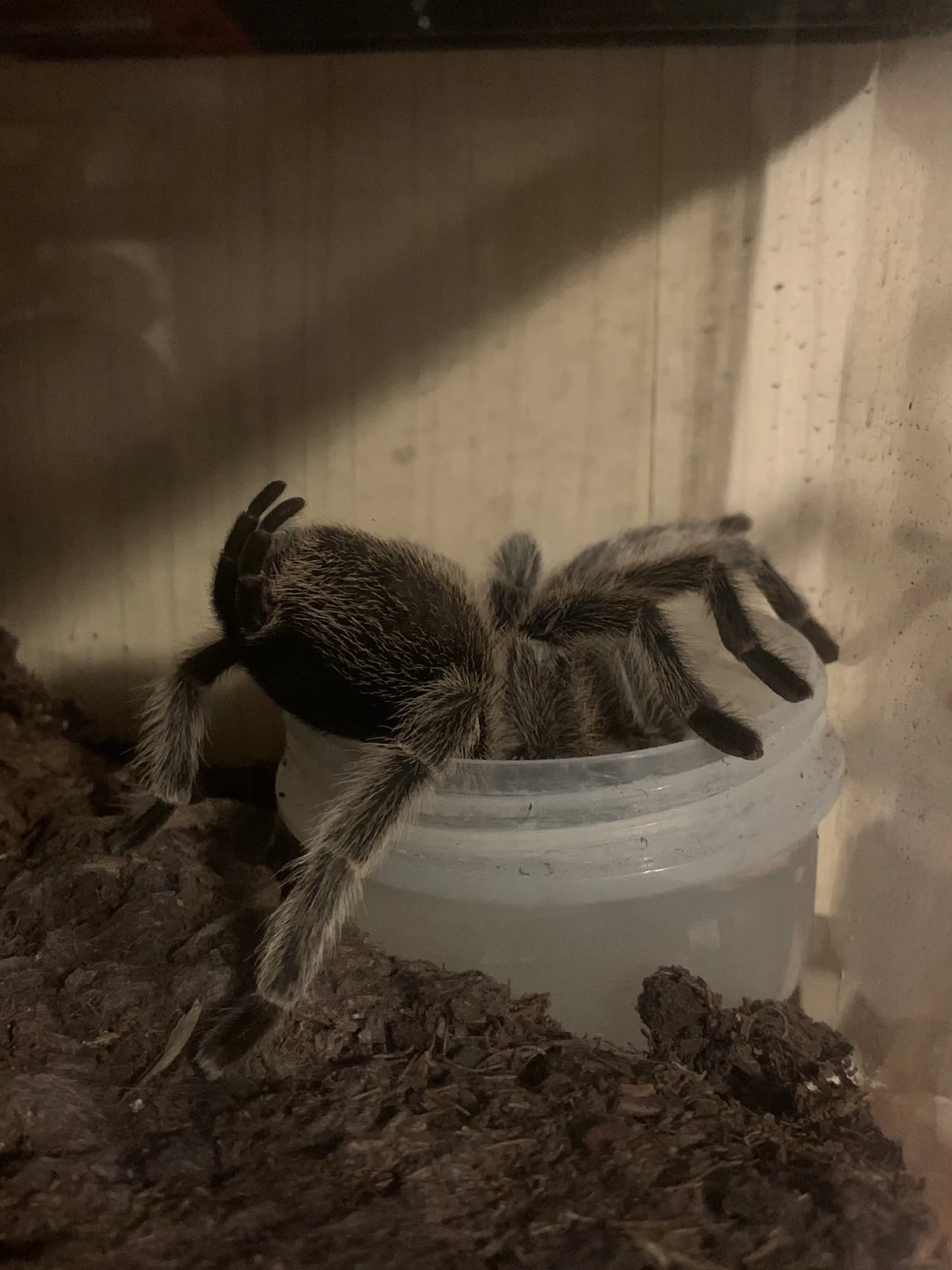
Parasites and illnesses can significantly impact a tarantula’s health and appetite. While rose hair tarantulas are generally hardy creatures, they can still be susceptible to various health issues that may lead to a loss of appetite. Recognizing the signs of illness or parasites is crucial for providing prompt treatment and ensuring the well-being of your pet. A proactive approach to tarantula health can help prevent potential problems and help ensure your tarantula lives a long and healthy life.
Signs of Parasites or Illness
Identifying signs of parasites or illness in your rose hair tarantula is essential. Look for lethargy, a lack of coordination, or unusual postures. Changes in appearance, such as discoloration of the abdomen or legs, can also indicate a problem. Loss of appetite is often a primary symptom, but it’s not the only one. Other signs might include excessive grooming, regurgitation, or the presence of parasites in the enclosure. If you notice any of these symptoms, it’s best to consult with a veterinarian specializing in exotic pets. Early detection and intervention can make a significant difference in your tarantula’s recovery and overall health. Take immediate action upon noticing any of these signs; prompt action can be critical.
Treatment Options
The treatment for parasites or illnesses in rose hair tarantulas depends on the specific condition. It is crucial to seek professional veterinary advice to determine the exact cause and receive appropriate treatment. Treatment might involve medications, changes to the environment, or supportive care. The veterinarian may perform tests to diagnose the problem accurately and prescribe the correct medications. Following your veterinarian’s instructions is vital for your tarantula’s recovery. Maintaining a clean and stress-free environment can support the treatment process and help prevent future health issues. Regular check-ups with a veterinarian experienced in exotic animals can help maintain your tarantula’s health.
Food-Related Problems
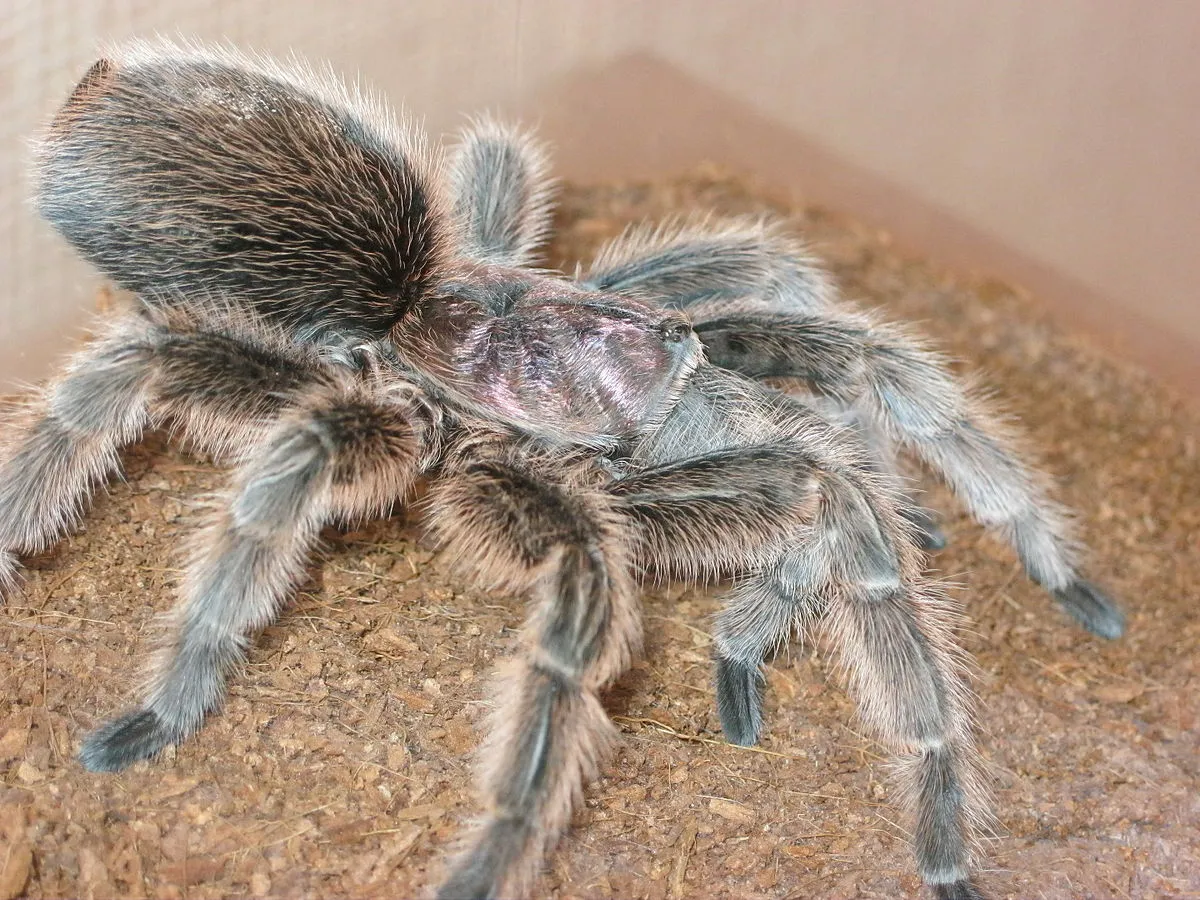
The food you offer your rose hair tarantula can significantly impact its appetite. If the type of food is not appropriate, or the prey items are too large, your tarantula may refuse to eat. Choosing the right food and prey size is essential to ensure your tarantula receives adequate nutrition and maintains a healthy appetite. Always prioritize providing high-quality food items and the correct prey size for your tarantula’s well-being and health.
Type of Food
Rose hair tarantulas primarily feed on insects. Crickets, mealworms, and cockroaches are common choices. Ensure that the insects are gut-loaded before feeding them to your tarantula. Gut-loading involves feeding the insects nutritious food, which they pass on to your tarantula, providing essential nutrients. Avoid feeding your tarantula insects caught from the wild, as they may carry pesticides or parasites. Variety in the diet is also beneficial. Consider occasionally offering different insect species to stimulate your tarantula’s appetite and ensure a well-rounded diet. Always provide fresh, healthy food items and store food properly to maintain their nutritional value and freshness.
Size of Prey
The size of the prey is a crucial factor influencing whether your tarantula eats. As a general rule, the prey should be no larger than the tarantula’s body. Offering prey that is too large can stress the tarantula, making it reluctant to eat, and can even injure it. Young tarantulas need smaller prey items, like pinhead crickets or small mealworms. The correct size of prey is an important consideration, as is the availability of fresh water. Ensure your tarantula has access to fresh, clean water at all times to prevent dehydration. The correct size of prey items makes it easier for the tarantula to catch and consume the meal. It can also significantly reduce the risk of injury during the feeding process.
How to Encourage Eating
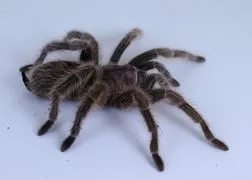
If you’ve ruled out underlying health issues and addressed environmental stressors, there are steps you can take to encourage your rose hair tarantula to eat. Patience is key; tarantulas can go for extended periods without food, especially during the molting cycle or when stressed. However, if your tarantula consistently refuses food, you may need to implement some of these techniques. These methods are designed to entice your tarantula to eat and help you ensure its good health. Remember to monitor your tarantula closely to evaluate the effectiveness of these measures.
Creating an Optimal Habitat
Ensuring your rose hair tarantula’s habitat is optimal is a fundamental step in encouraging eating. The habitat should be the correct size for your tarantula’s size, providing ample space to move around. Maintain the correct temperature and humidity levels, which are critical for your tarantula’s well-being. Provide a secure hide, such as cork bark or a pre-made spider hide, for it to feel safe and secure. Keep the enclosure clean and free of any waste or debris. This will help eliminate stress and improve the tarantula’s chances of developing a healthy appetite. Adjusting these conditions will allow your tarantula to thrive and encourages regular feeding habits. The ideal habitat will contribute to your tarantula’s overall health, which is essential for its appetite.
Maintaining Proper Temperature and Humidity
Consistent temperature and humidity are essential for your rose hair tarantula’s health. Monitor the temperature with a reliable thermometer and the humidity with a hygrometer. Rose hair tarantulas thrive in temperatures between 70-80°F (21-27°C) and humidity levels between 60-70%. You can achieve this by misting the enclosure with water a few times a week. These conditions are crucial for molting and general well-being, which, in turn, can stimulate appetite. Make sure the enclosure is well-ventilated to prevent mold growth. Proper temperature and humidity will enhance your tarantula’s comfort and encourage it to eat.
Offering the Right Prey
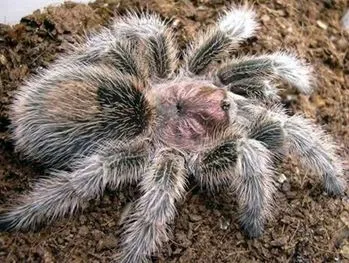
Offering the right prey is an effective way to encourage your tarantula to eat. Ensure the prey is of the appropriate size. Offer a variety of insects, such as crickets, mealworms, or cockroaches. Ensure the insects are gut-loaded with nutritious food before offering them to your tarantula. Introduce the prey items at dusk or night, when tarantulas are most active. Remove any uneaten prey within 24 hours to prevent stress and possible injury to the tarantula. By selecting the right prey, you will stimulate your tarantula’s natural instincts and increase its chances of eating. Observe your tarantula’s response to different food types to find what it prefers.
Monitor and Observe
The most important aspect of caring for your rose hair tarantula is to monitor and observe its behavior. Note any changes in activity levels, appearance, and feeding habits. Keep a log of when you feed your tarantula and what it eats. This will help you identify patterns and recognize any potential problems early on. Be patient and persistent, and remember that occasional periods of fasting are normal. If you have any concerns about your tarantula’s health, consult an experienced veterinarian specializing in exotic animals. Your keen observation and proactive approach will help you provide the best possible care for your rose hair tarantula and ensure its long-term health and well-being. The ability to recognize subtle changes in your pet’s behavior is critical to the health of your tarantula.
